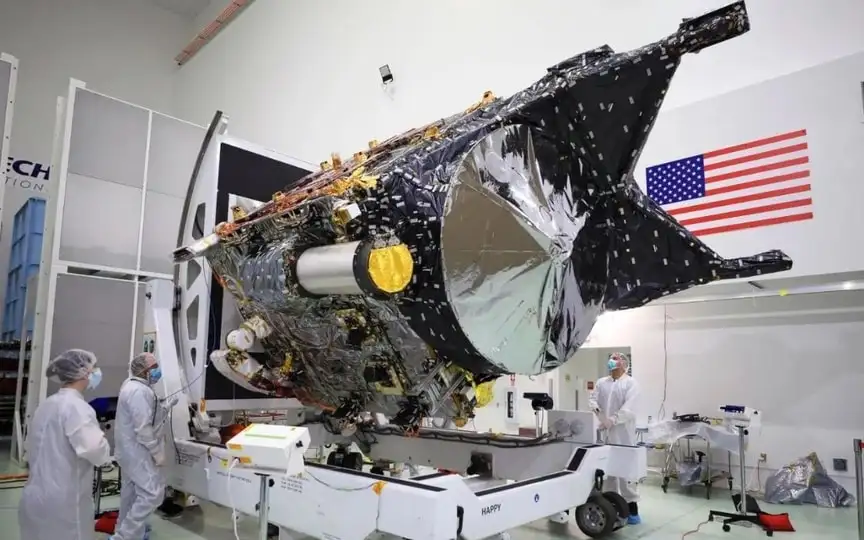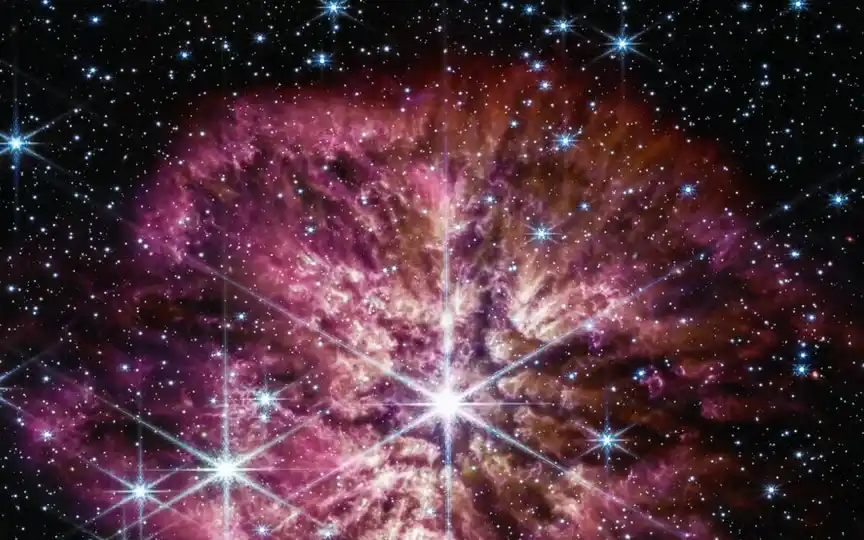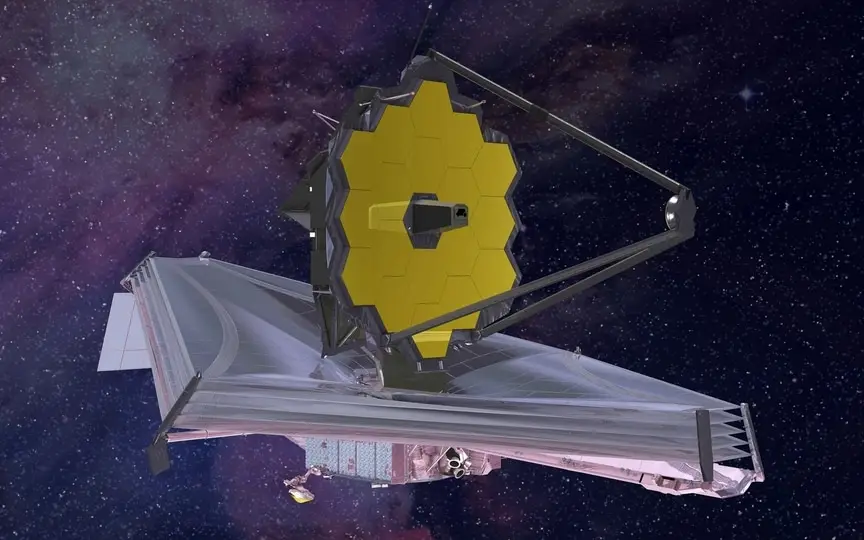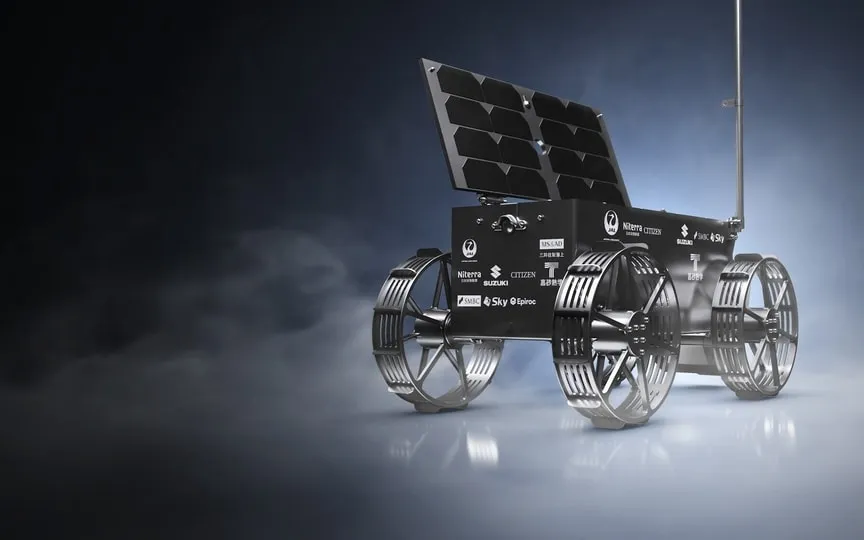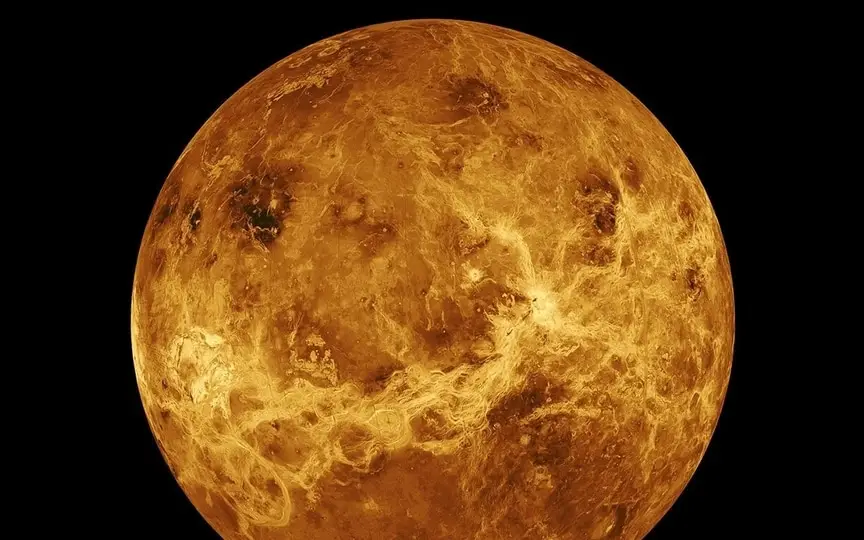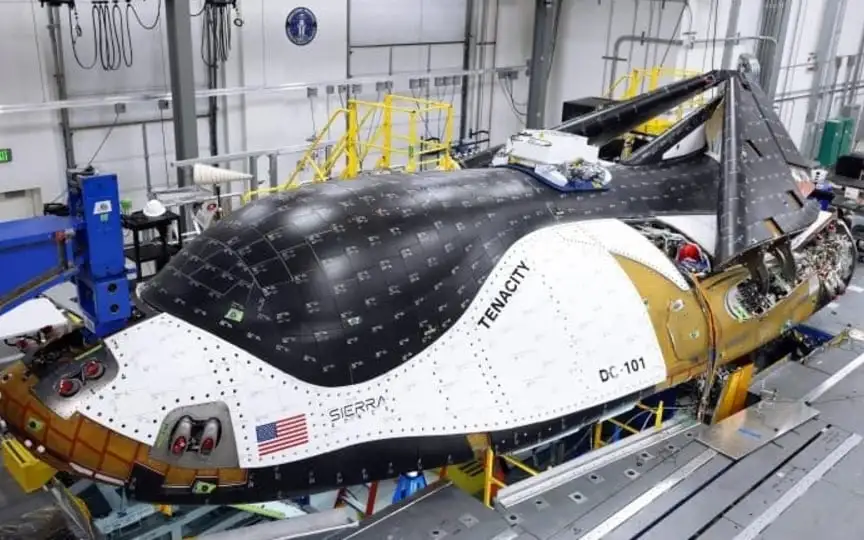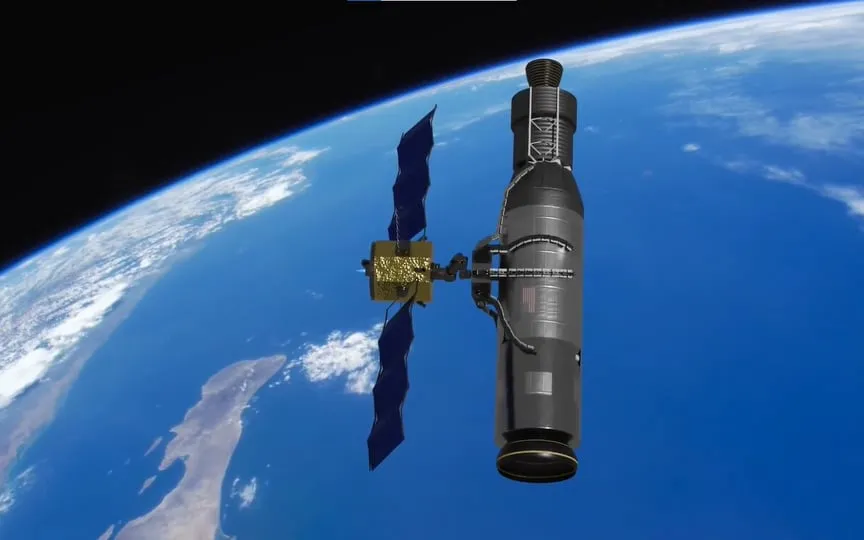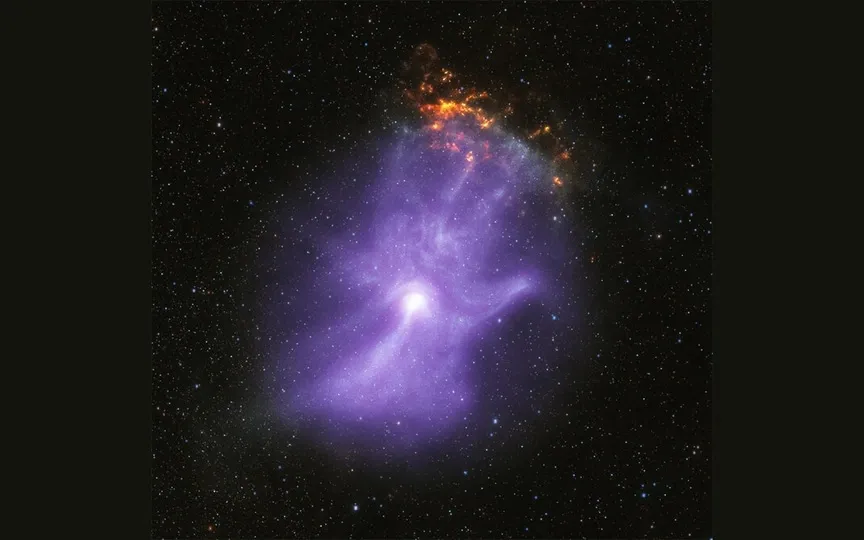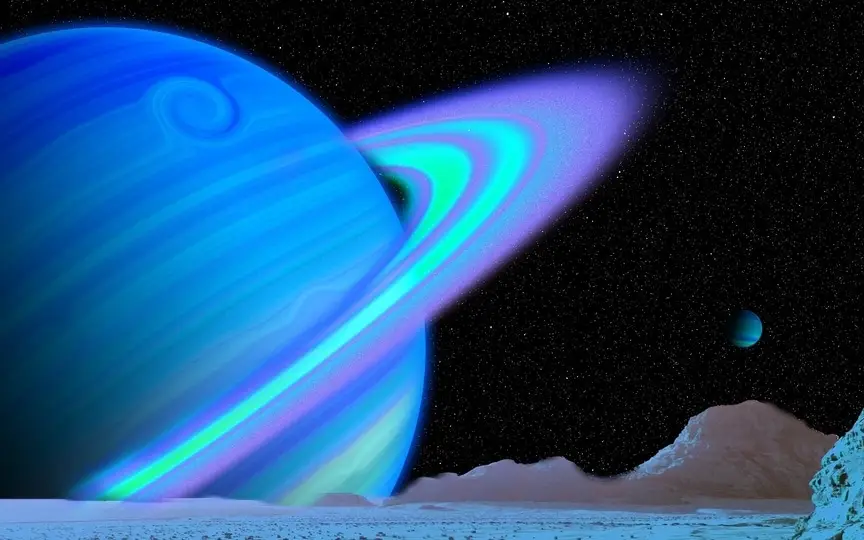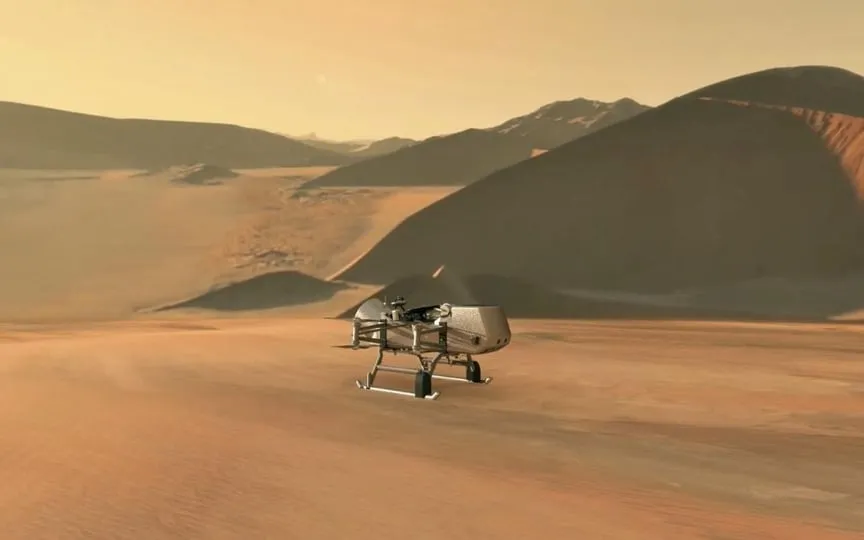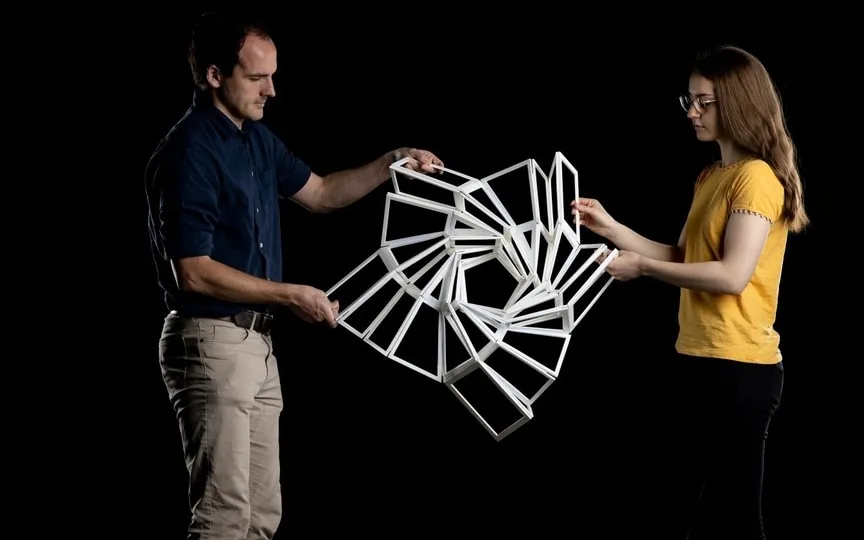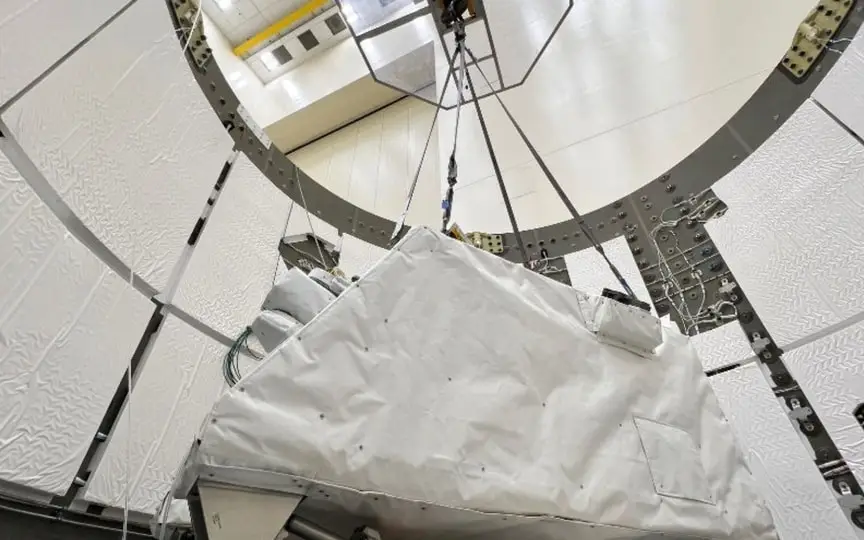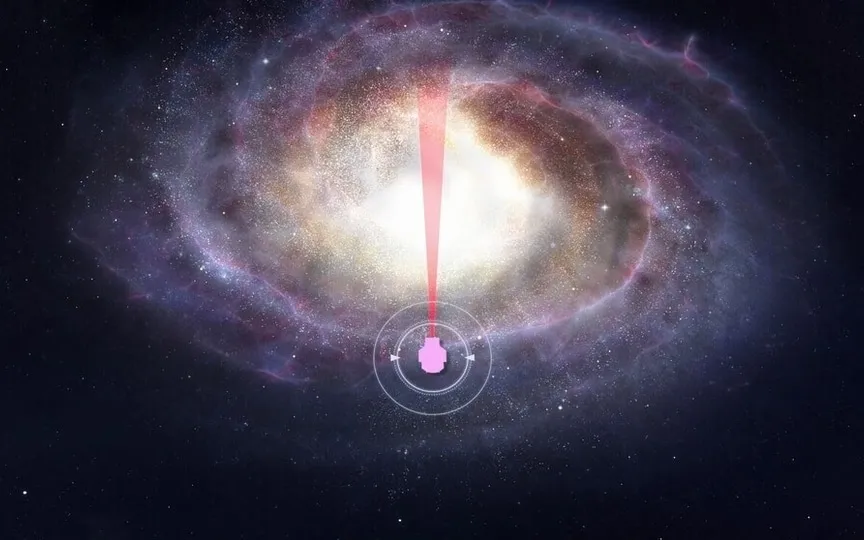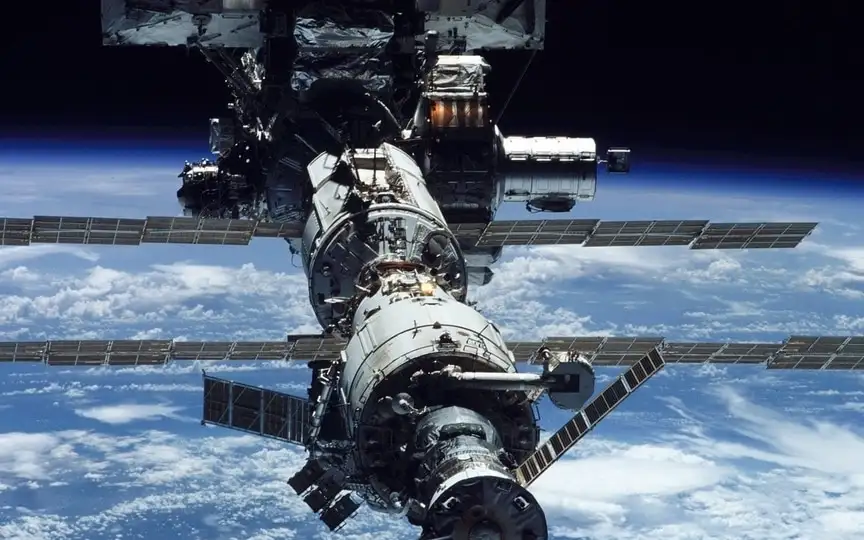Unveiling the Incredible 13-Million Light Year ‘Cosmic Vine’!
Traversing the immense Milky Way Galaxy presents an overwhelming obstacle due to its vastness. Despite our solar system being minuscule in comparison, it is still overshadowed by the immense galaxy clusters observed by advanced telescopes like the Hubble Space Telescope and the James Webb Space Telescope. Recently, scientists have made a remarkable discovery: the awe-inspiring “Cosmic Vine,” an extraordinarily large entity. Spanning an astonishing 13 million light-years across, the Cosmic Vine is a vast structure of at least 20 massive galaxies. Looking at this massive scale, the structure was found…
Read More

